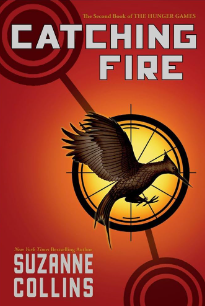Totality Awesome

Martin Bernetti, AFP/Getty Images
On August 21, 2017, the moon eclipsed the sun in a breathtaking flash of light, followed by complete darkness. The first total solar eclipse able to be seen in the continental U.S. since 1979, this site was best viewed across the country along the path of its totality, which included my vacation site: Gatlinburg, Tennessee.
So, what does a total solar eclipse feel like?
It is a lot of anticipation. You spend hours waiting on edge for a two minute spectacular. In the time before totality, the sun is gradually blocked out by the moon. The temperature slowly drops as the sun is covered, and the noises of nocturnal animals begin to replace those that thrive in the day. However, those events are nothing compared to the two minutes of blackness. The eclipse can be viewed safely through certified solar lenses up until totality, which is when the sun is completely obscured and eyes are impervious to any damage. Totality only occurs in certain places, but is worth traveling to see. The orange ball in the sky turns black, with white wisps of light emanating from the black orb. It is truly spectacular, both in person and in photographs.
My family and I, along with thousands of others, viewed the eclipse from Cades Cove, a valley park in the Great Smoky Mountains. The National Park is made of sprawling miles of wilderness, and the Visitor’s Center six miles along the main hiking trail was the perfect spot to watch. Guests propped up their car hoods and laid down their blankets in the grass, preparing for the event. All around the country, people watched and photographed what is commonly believed to be the most beautiful sight in the world: the total solar eclipse.













